Health is the greatest asset of modern society, and a group of conscious consumers are anxious to maintain it. Following this trend, many customers look to spas and other solutions to support their well-being. Another group chooses to nurture their health from home, buying traditional indoor or outdoor saunas as one aspect of their self-care routines.
Besides consumer health motivators, global sales of saunas are high, reinforcing consumers’ need to stay healthy. This popularity of traditional saunas is also readily seen in the massive range of sauna types. In light of this, sellers are encouraged to examine this market closely to understand how to harness its ongoing potential while simultaneously meeting market needs.
Table of Contents
Overview of the global sauna market
Getting to know more about traditional saunas
Invest in the traditional sauna market
Overview of the global sauna market
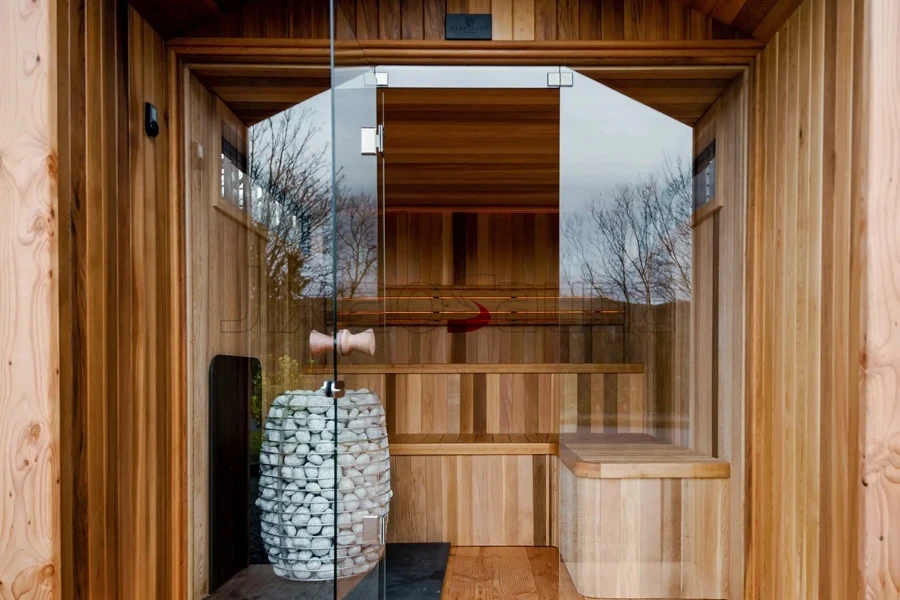
One market report placed the value of worldwide sauna sales at USD 3.9099 million in 2022. The same report projected that this market would expand to USD 5178.06 million by 2028, based on a compound annual growth rate (CAGR) of 4.79%. These values cover sauna applications across entertainment, medical, other commercial, and household applications.
Research by a different marketing group projects that this market’s value will be USD 1.44 billion by 2028, at a CAGR of 6.22% from 2023. Variations like this can often be attributed to different research methods and sources. Still, no matter the perspectives and study approaches, sauna sales across the globe are clearly heating up.
Besides market research, Google Ads keyword searches show just how interested people are in indoor and outdoor saunas. For example, individuals searched for saunas 3,350,000 times in March 2023, and this figure fluctuated between monthly lows of 1,830,000 and 2,740,000 until February 2024, when these searches jumped to 4,090,000, a change of 18.09%.
Sales and keyword interest in saunas are primarily driven by construction, health, relaxation, recreation, tourism, and hospitality. Similarly, increasing disposable incomes and a growing geriatric segment are behind the growing sauna and spa markets, all of which hold exceptional retail opportunities.
Getting to know more about traditional saunas
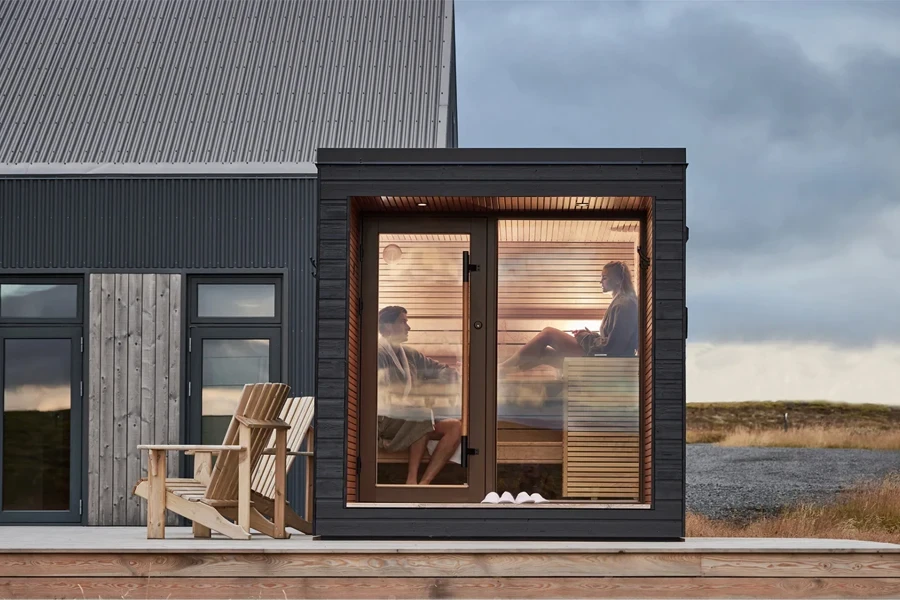
Before embarking on a buying spree, it is advisable to understand the different types of saunas. Once the basics are covered, sellers can decide how best to serve their markets with products that will sell well.
Traditional saunas
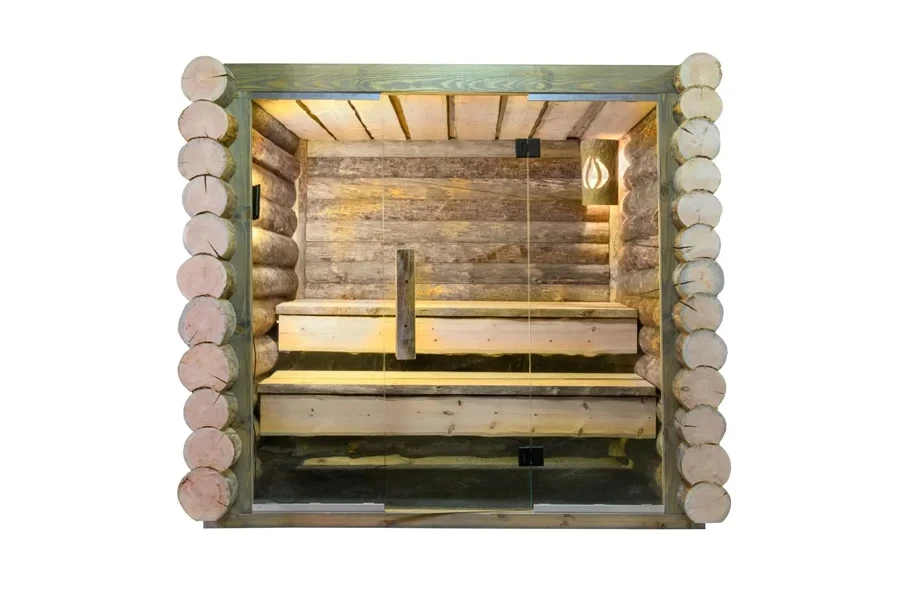
Traditional saunas are thought to originate in Nordic countries like Finland, where they were used as sweat rooms to eliminate toxins. However, many countries use saunas like this solid Kelo log and aspen abachi wood sauna from Georgia.
Due to the cold climate, most countries in Northern Europe and the rest of the Northern Hemisphere are familiar with saunas. This hot, dry steam practice offers sellers an enormous market from which to source products because customers appreciate diverse styles and the health benefits of saunas. And, while perspiring in this environment, it is best to interrupt the sauna session with bouts of ice-cold water to stimulate blood flow and support health.
Wood-burning stoves for outdoor saunas
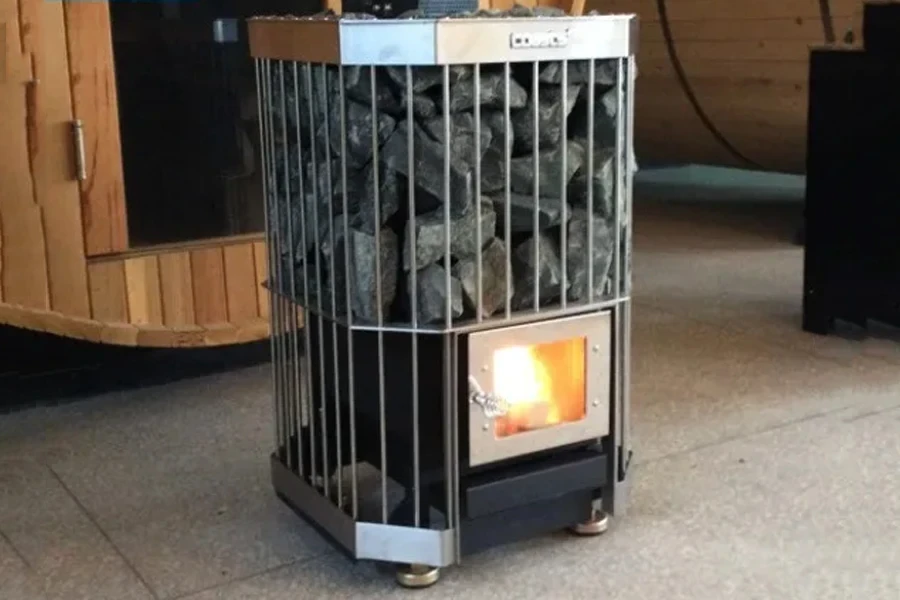
Unlike far-infrared saunas that use light to generate dry heat and steam rooms that use wet heat, the first choice for traditional saunas is wood-burning stoves. These stoves heat rocks to create a dry, hot environment with high temperatures between 160 and 194 °F (71 and 90 °C).
Alternatively, users can pour water over the hot rocks to produce steam and humidity for a beneficial sauna experience that increases their heart rate, blood circulation, and sense of wellness.
Following Finnish tradition, wood-burning saunas must be outdoors for health and safety reasons. In this case, their structures are small wooden rooms or cabins, allowing users to appreciate health benefits while enjoying an outdoor view. However, an important note here is to check if the sauna is designed for indoor or outdoor use, as using indoor saunas outdoors will void any warranties.
Gas or electric sauna heaters for indoor saunas
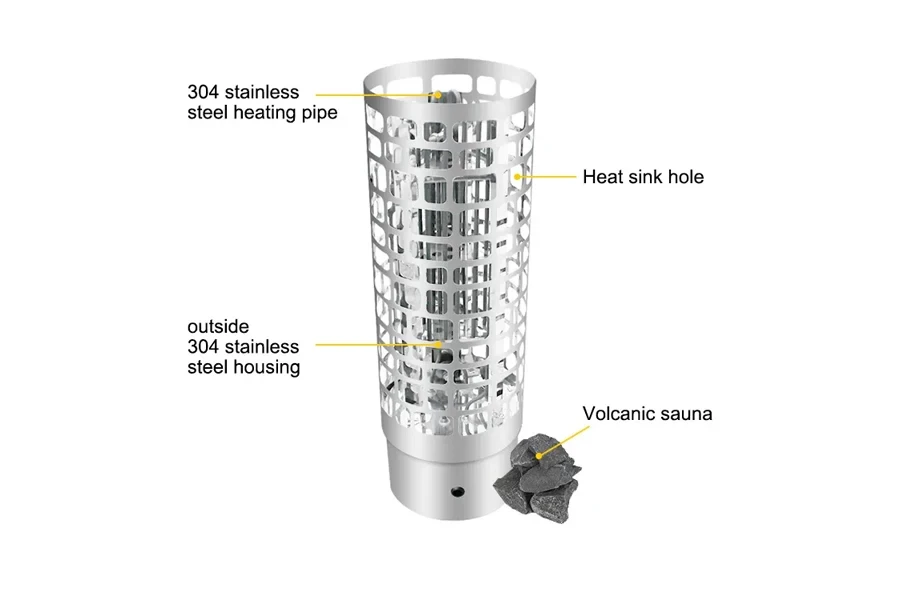
Traditional Finnish saunas can be used indoors with gas or electric sauna heaters. These heating methods achieve the same dry or wet heat effects for indoor saunas as wood-burning stoves do for outdoor saunas.
When choosing a gas or electric heater, it is vital to check whether it has a clear touch digital control panel and is compatible with Wi-Fi controls. If you choose the right heaters with built-in controls that can be upgraded to include remote control operation, they simplify sauna use, which is a huge drawcard for customers.
Being able to preset the sauna’s lighting, humidity, heat, and other functions is a valuable benefit for customers. A sauna app that allows customers’ smartphones to set these functions remotely is even more appealing, whether they have an indoor sauna or want this product installed outdoors.
Designs and sizes
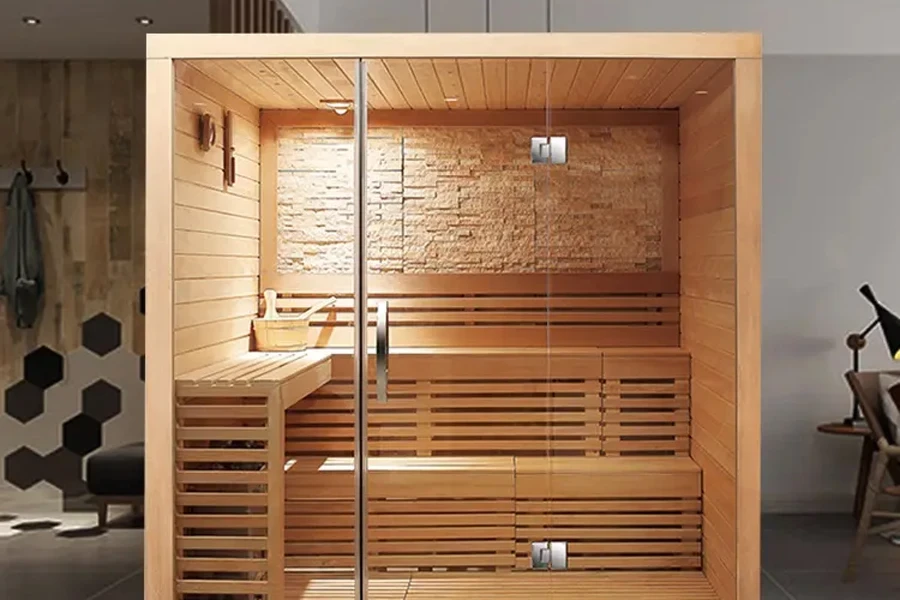
Traditional sauna models are made from real wood and are typically square or rectangular, although other shapes, like cubes and barrel saunas, are also available. Regarding size, you can order anything from a single-person sauna to a two-person sauna, 16-person sauna, or more. It is also possible to purchase sauna styles with separate changing rooms.
Materials
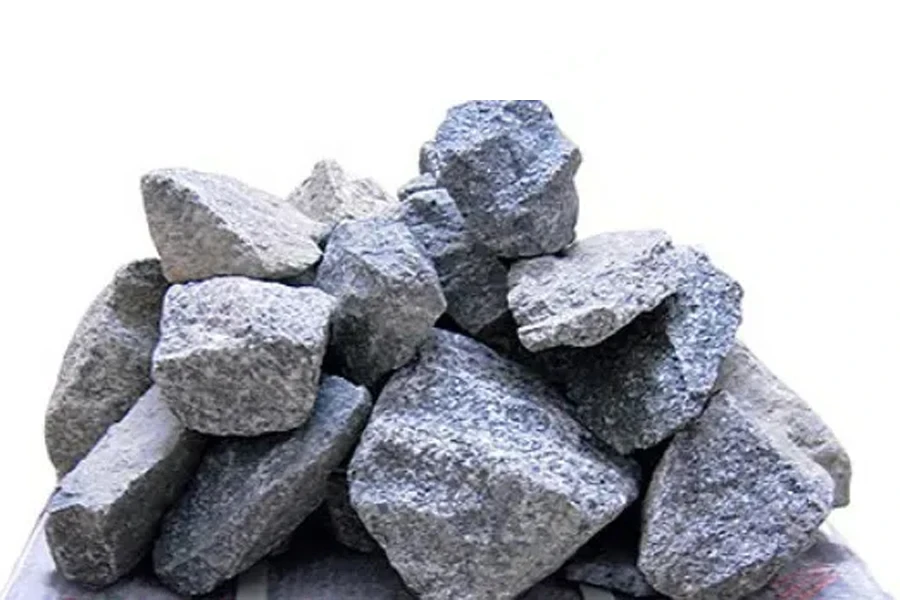
Traditional saunas are constructed from natural woods such as pine, cedar, Canadian Hemlock Wood, spruce, and plywood. Each has its own benefits and disadvantages and fits into various price brackets.
Sauna rocks are typically sourced from the region where the saunas are manufactured. These rock materials include granite, gabbro, basalt, diabase, shungite, soapstone, etc.
Himalayan salt wall panels are also becoming popular, healthy additions to spas and home saunas. Consequently, it is advisable to offer customers this option to upgrade your product and service offerings and to harness the health benefits that prevail in this market.
Accessories
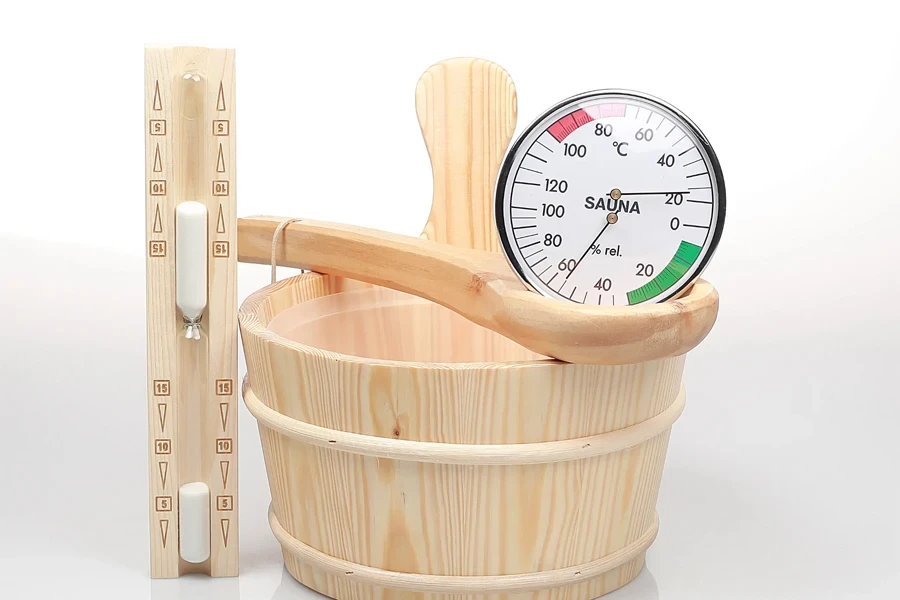
Valuable accessories to look for when buying outdoor saunas include a sandglass, spoon, and wooden cask. These items measure time inside the outdoor sauna and ladle water over hot rocks to produce steam for a wet sauna session.
A soft touch control panel is ideal for most sauna types, allowing easy control of the indoor environment regarding temperature, humidity, and lighting. Regular or color therapy lights are often available as installations for these saunas, adding another healing dimension to the sauna experience.
Otherwise, some saunas have a thermohydrometer and visual display for indoor temperature sensing. Others come with a thermohygrometer that displays the temperature, dew point, humidity levels, and maximum and minimum values.
Cultured jade stones have positive healing effects on the human body and are also a valuable accessory for customers to request when ordering saunas. Additionally, crystal door handles are practical, cool to the touch, and enhance the aesthetic appeal of outdoor and indoor saunas.
Safety
Always check that these saunas are free of toxic materials inside and outside. Specifically, determine that no volatile organic compounds (VOCs) or glues are used to manufacture these products.
Invest in the traditional sauna market

When exploring the inherent opportunities of the sauna market, it is always advisable to look at global sales and keyword search interests to understand the multiple products in this sector. Besides this article, we encourage you to search for others on this platform for further details about indoor or traditional outdoor saunas.
Additionally, the Alibaba.com showroom showcases a range of traditional saunas and uber-modern steam baths, showers, and hybrid versions of wet and dry products.
With such enormous variety, it is worthwhile investing time and effort to get to know these products and to build relationships with sauna makers and suppliers. Moreover, with this depth of research behind you, leveraging positive growth in this market brings you one step closer to success.




